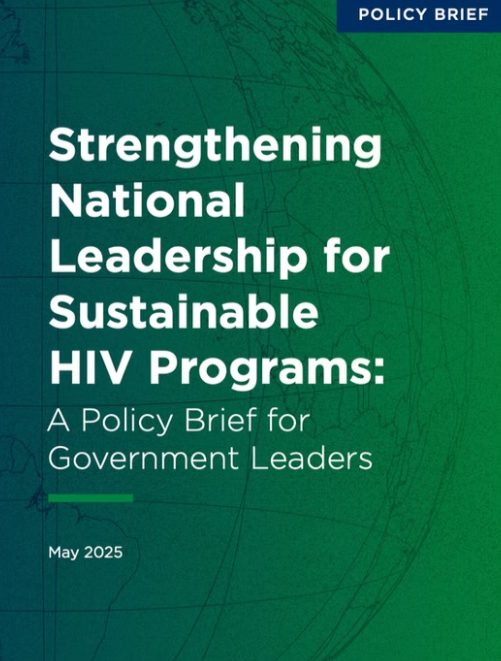Aiming for the Three 90s: Strengthening Malawi’s Response to HIV and AIDS
Aiming for the Three 90s: Strengthening Malawi’s Response to HIV and AIDS
There are more than one million Malawians (HIV prevalence of 10.6%) living with HIV. Nearly 85% of people live in rural or hard-to-reach areas of the country and the sparsely located health facilities are unable to meet their needs. Malawi’s health system is overburdened and lacks adequate space and sufficient numbers of staff to provide quality HIV services, contributing to poor adherence to life-saving antiretroviral therapy (ART) and retention in care.
With the rollout of the President’s Emergency Plan for AIDS Relief (PEPFAR) 3.0 in 2014, HIV programming shifted toward achieving sustainable control of the HIV epidemic and reaching the Joint United Nations programme on HIV/AIDS (UNAIDS) global 90-90-90 targets: 90% of people living with HIV (PLHIV) diagnosed, 90% of diagnosed PLHIV on ART, and 90% of PLHIV currently on ART virally suppressed.
The District Health System Strengthening and Quality Improvement for Service Delivery (DHSS) Project, funded by PEPFAR through the US Centers for Disease Control and Prevention (CDC), began working in 2012 to strengthen health service delivery in seven of Malawi’s 28 districts.
Through improving the quality of service delivery and supporting the Ministry of Health to evaluate and improve national HIV programming, DHSS made a number of notable achievements in its five years of operation. The project served 14% of Malawi’s population, or about 2.4 million people, of whom 11% (270,000) were estimated to be infected with HIV in September 2017.


